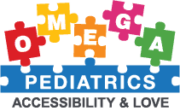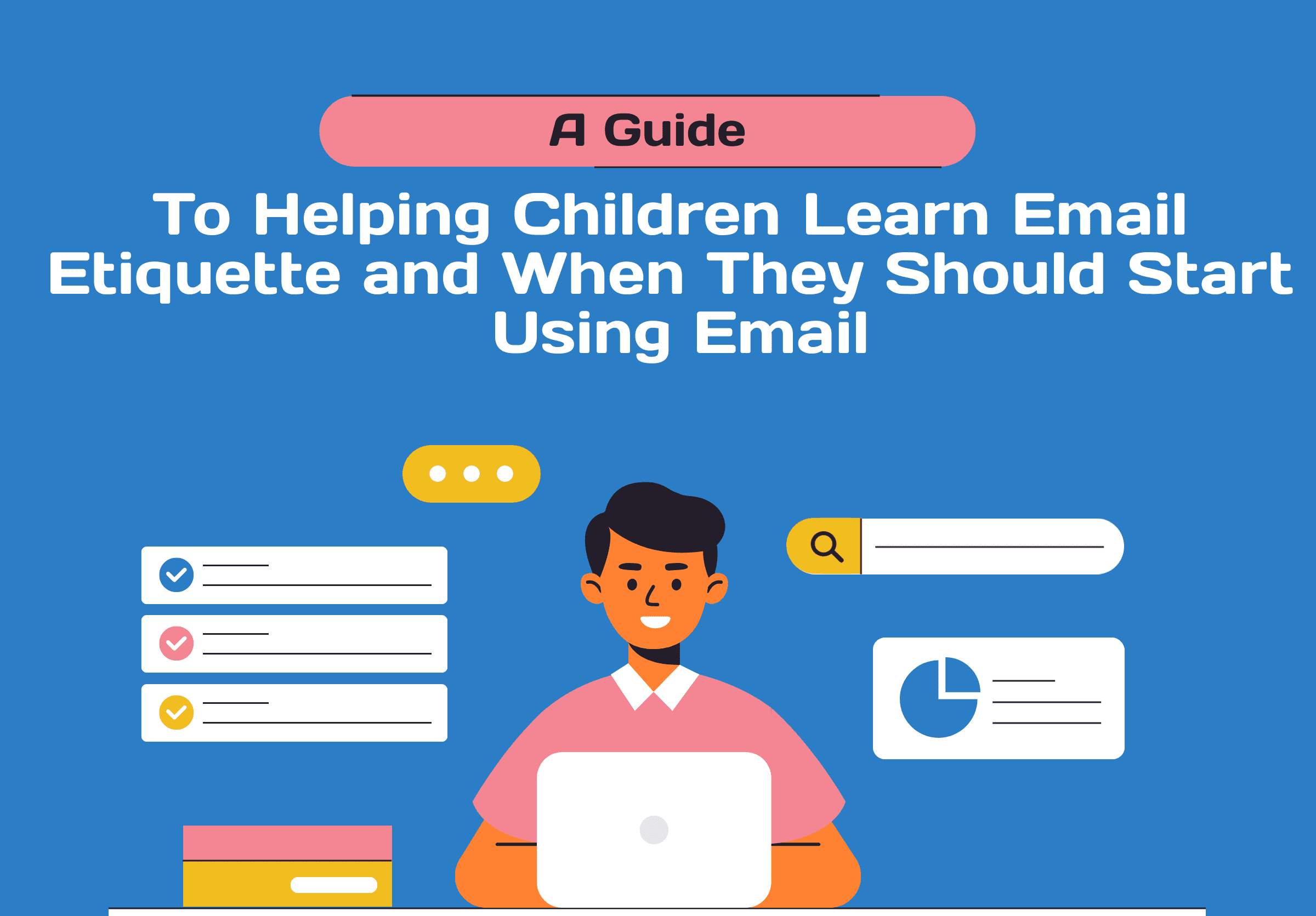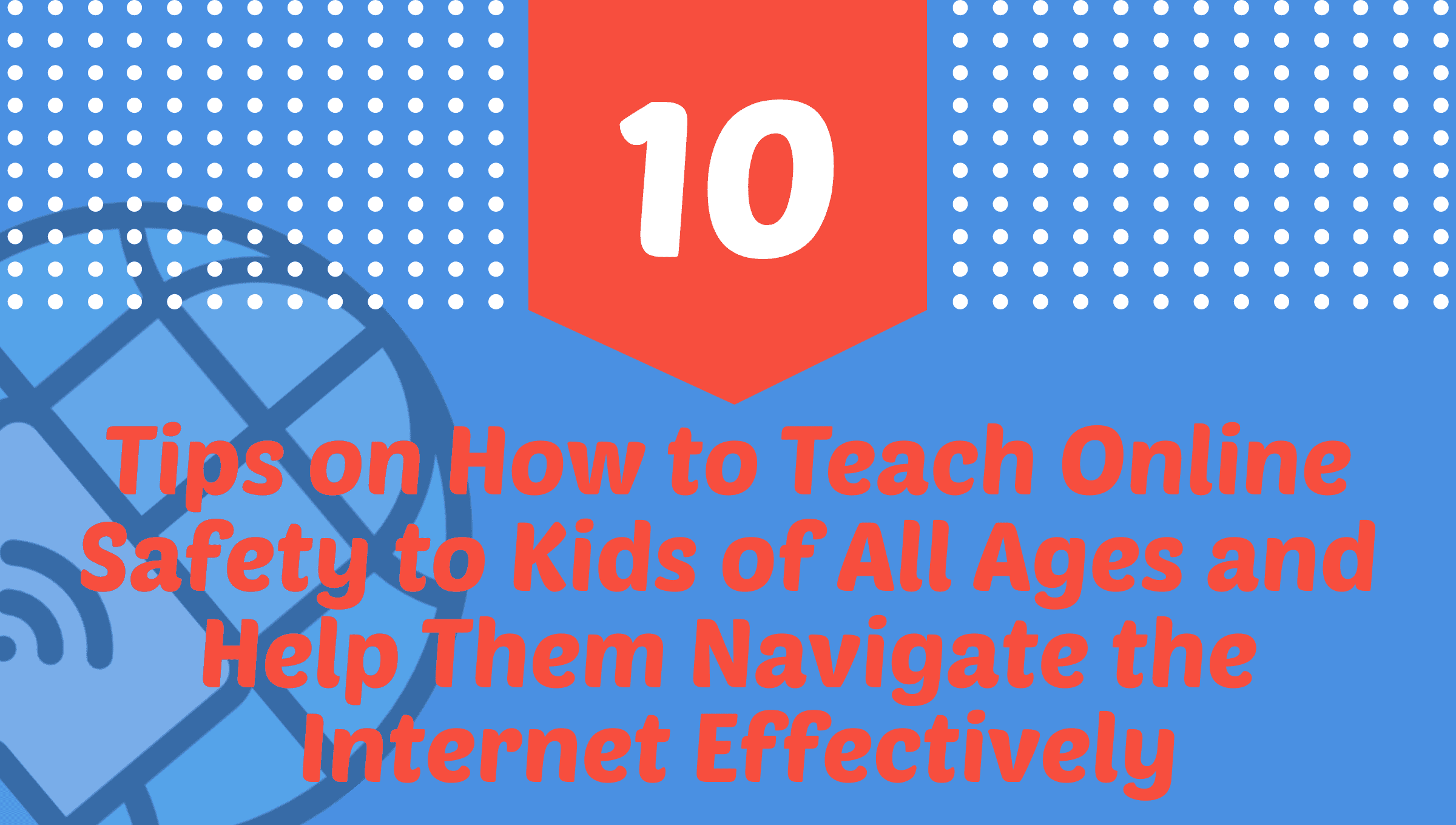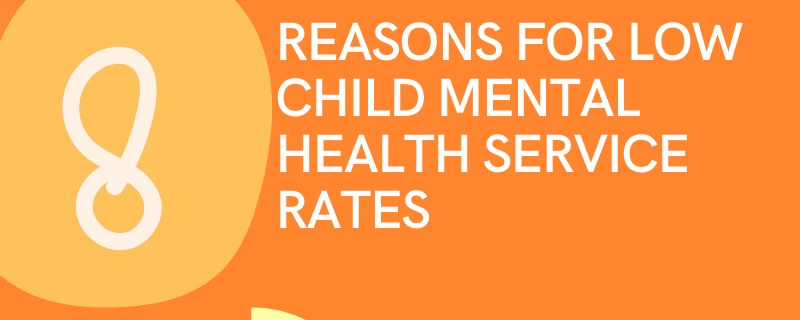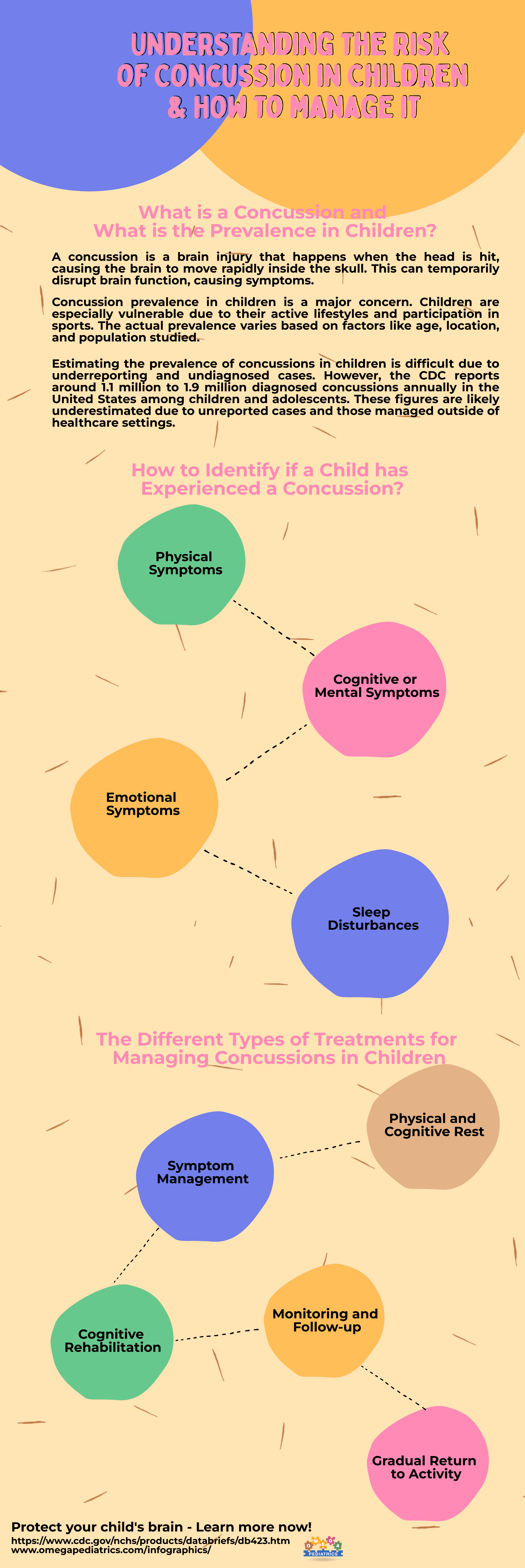
What is a Concussion and What is the Prevalence in Children?
A concussion is a type of traumatic brain injury (TBI) that occurs when a blow, jolt, or bump to the head causes the brain to move rapidly back and forth inside the skull. This movement can result in temporary disruption of brain function, leading to various symptoms.
The prevalence of concussions in children is a significant concern. While it can affect individuals of any age, children are particularly susceptible due to their active lifestyles and participation in sports and recreational activities. The exact prevalence of concussions in children can vary depending on various factors such as age group, geographical location, and the population studied.
Estimating the true prevalence of concussions in children is challenging because many cases go unreported or undiagnosed. However, according to the Centers for Disease Control and Prevention (CDC), approximately 1.1 million to 1.9 million children and adolescents in the United States alone are diagnosed with a concussion each year. These numbers are likely conservative, as many cases are managed outside the healthcare system or not reported at all.
It’s worth noting that the prevalence of concussions can also vary based on the activities children engage in. Sports-related concussions are a major concern, particularly in contact sports such as football, soccer, ice hockey, and basketball. However, concussions can occur in various other situations, including falls, accidents, and recreational activities.
How to Identify if a Child has Experienced a Concussion?
Identifying whether a child has experienced a concussion can be challenging, as symptoms can vary and may not always be immediately apparent. However, here are some common signs and symptoms to look out for:
- Physical Symptoms:
- Headache or a feeling of pressure in the head.
- Nausea or vomiting.
- Dizziness or balance problems.
- Sensitivity to light or noise.
- Blurred or double vision.
- Fatigue or drowsiness.
- Loss of consciousness (though this doesn’t occur in all cases).
- Cognitive or Mental Symptoms:
- Difficulty concentrating or remembering.
- Confusion or feeling foggy.
- Slowed thinking or responding to questions.
- Feeling “out of it” or disoriented.
- Changes in behavior or personality.
- Emotional Symptoms:
- Irritability or mood swings.
- Anxiety or nervousness.
- Sadness or depression.
- Increased emotional sensitivity.
- Sleep Disturbances:
- Trouble falling asleep or staying asleep.
- Excessive sleepiness or drowsiness.
- Sleeping more than usual.
The Different Types of Treatments for Managing Concussions in Children
The management of concussions in children typically involves a combination of physical and cognitive rest, symptom management, and gradual return to activity. Here are some common types of treatments and strategies used:
- Physical and Cognitive Rest:
- Limiting physical activities that may worsen symptoms, including sports, exercise, and strenuous physical exertion.
- Reducing cognitive activities that require concentration and mental effort, such as reading, studying, and screen time.
- Allowing adequate rest and sleep to promote healing and recovery.
- Symptom Management:
- Providing over-the-counter pain relievers, such as acetaminophen, under the guidance of a healthcare professional, to alleviate headache and mild pain. Avoid using aspirin or non-steroidal anti-inflammatory drugs (NSAIDs) without medical advice.
- Managing nausea and vomiting, if present, with appropriate medications or dietary adjustments.
- Addressing sleep disturbances, such as recommending a consistent sleep routine and providing guidance on sleep hygiene.
- Cognitive Rehabilitation:
- Gradually reintroducing cognitive activities, such as schoolwork, in a step-by-step manner, based on the child’s symptoms and tolerance.
- Accommodating academic adjustments, such as modified workload, extended time for assignments or exams, and rest breaks as needed.
- Collaborating with teachers and school staff to ensure a supportive academic environment for the child during the recovery period.
- Monitoring and Follow-up:
- Regularly assessing the child’s symptoms, progress, and recovery trajectory through follow-up visits with a healthcare professional.
- Adjusting the management plan based on the child’s symptoms and individual needs.
- Educating parents, caregivers, teachers, and coaches about the signs and symptoms of concussions, the importance of rest and gradual return to activities, and the potential long-term effects.
- Gradual Return to Activity:
- Implementing a gradual, stepwise return-to-play protocol under the guidance of a healthcare professional. This typically involves a series of progressive physical activities, such as light aerobic exercise, sport-specific drills, and non-contact training, before allowing full participation in sports or high-risk activities.
- Ensuring that the child remains symptom-free at each stage of the return-to-play process before progressing to the next level.
